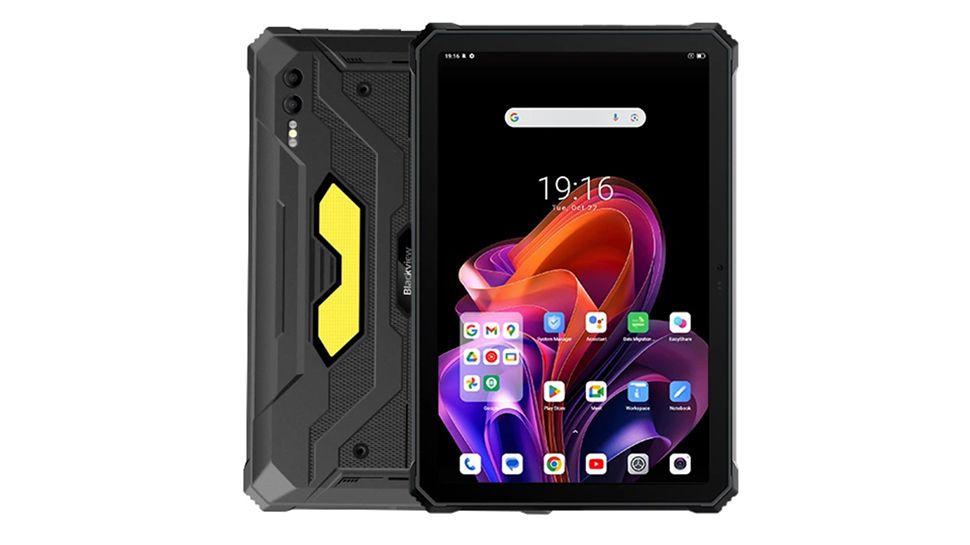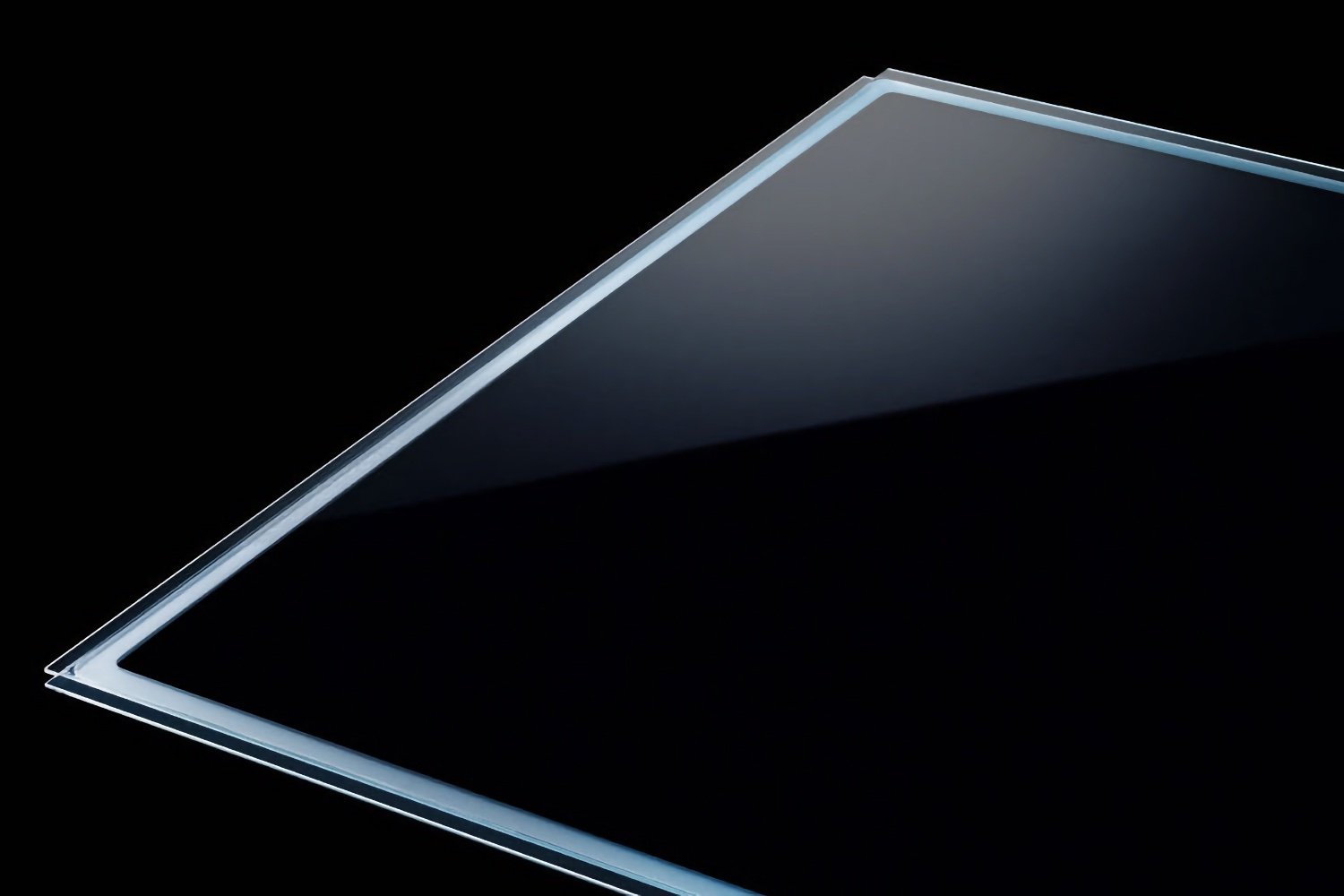Rare earths are one of the driving forces of today’s world. It is a series of elements that, once refined, are used to manufacture electronic devices, batteries for these devices or electric cars, magnets for wind turbines, radars, satellites, telescopes or magnetic resonance systems. They are not a scarce commodity, but their refining is very polluting and China has taken control of production. Therefore, recycling rare earth elements is… vital.
And Spain has just inaugurated a pioneering rare earth recycling plant in Europe.
Tons of electronic waste. Recycling electronic devices has become a priority. There are elements that may be easier to reuse, such as aluminum or gold, but it is complex to give a second life to batteries and other components. We produce many tons of electronic waste, something that has multiplied in a few months due to hardware destined for artificial intelligence.
In 2019, around 53.6 million tons of electronic waste were generated, while by 2022 the figure had grown to 62 million tons. In Europe, it is estimated that two million tons of electronic waste are produced annually, which is equivalent to just over 16 kilos per person.
RC-Metals Project. Félix Antonio López is a CSIC researcher at the National Center for Metallurgical Research – the CENIM-CSIC – and states in a statement that “this waste contains valuable metals that we have to recover.” Many of them are derived from the aforementioned rare earths and López comments that “there may be supply problems with some of them due to the speed at which we are consuming them.” This is where the CSIC RC-Metals project comes into play.
Fusion of metals in a molten bath. In a unique plant in Europe with ISASMELT F600 furnaces, technologies such as metal fusion in a molten bath will be used to give a second life to these elements. It is an expensive technology because the process is complex, installations and maintenance are expensive and high temperatures are required, which implies high energy consumption, but it is the way to separate the rare earth elements again to be able to reuse them.
Literally, the elements to be recycled are bathed in a compound of metals at high temperatures, such as iron or copper. They have a high melting point, so they act as a solvent for other metals or rare earths. When the mixture is cooled and separated, the rare earths can be obtained again and, after a purification process, they are ready for a second life.
Key for Europe. This method is efficient, versatile and the environmental impact is considerably lower than producing the rare earths in the first place. The most important thing is that it is one more step for Europe to stop depending on Chinese mining. Furthermore, it falls within the roadmap of the European Commission’s Action Plan on Critical Raw Materials, but it is clear that we cannot depend solely on recycling.
That is why Europe is searching for rare earth deposits. We have found some with good prospects, the problem is that environmental regulation continues to be more rigid than in other countries and the challenge is no longer finding the rare earths, but rather obtaining permits for production and refining centers.
In WorldOfSoftware | I’ve always been curious about what they did with the yellow containers: so I followed one










